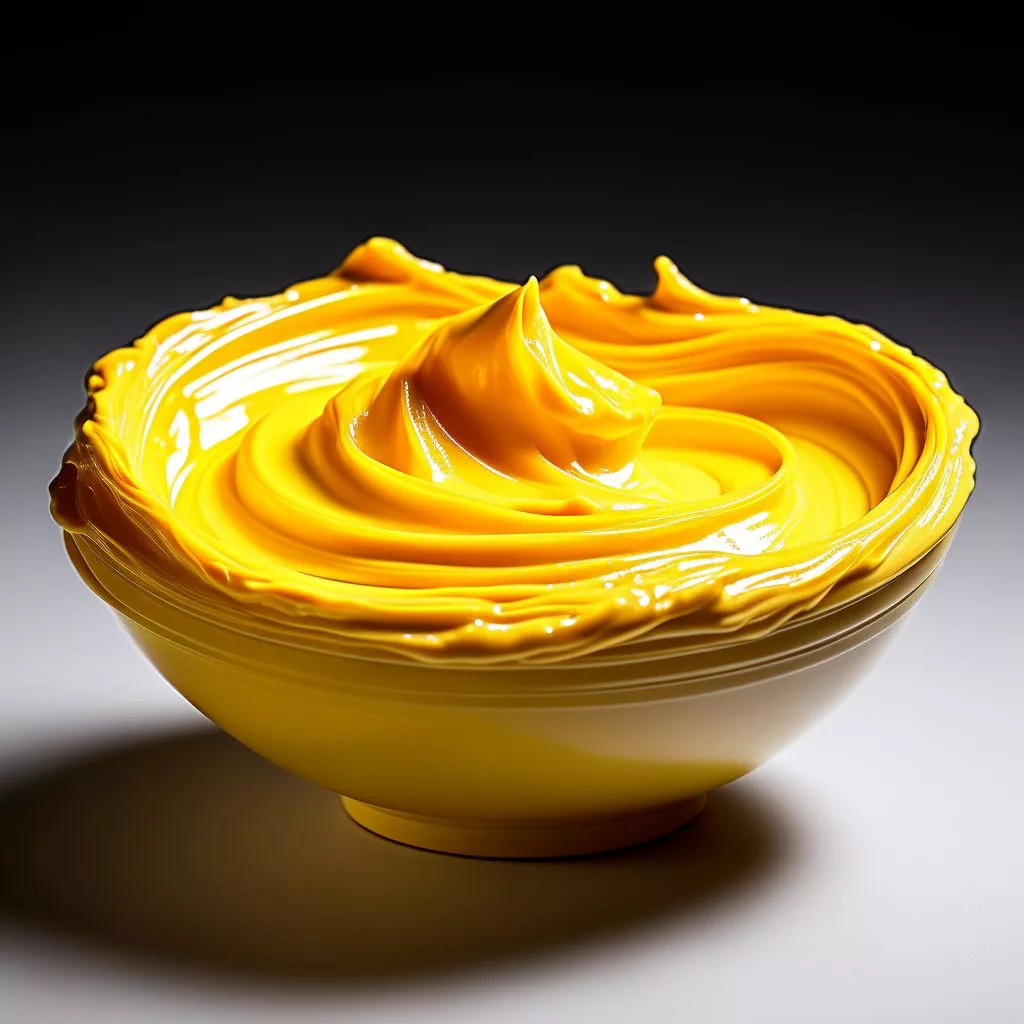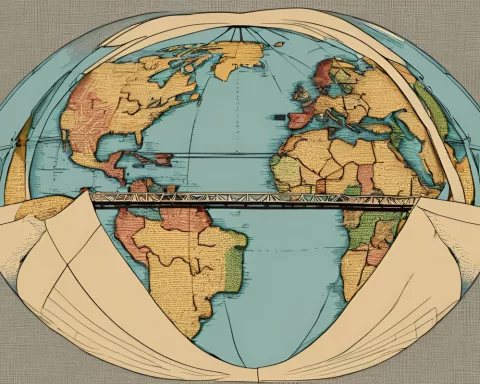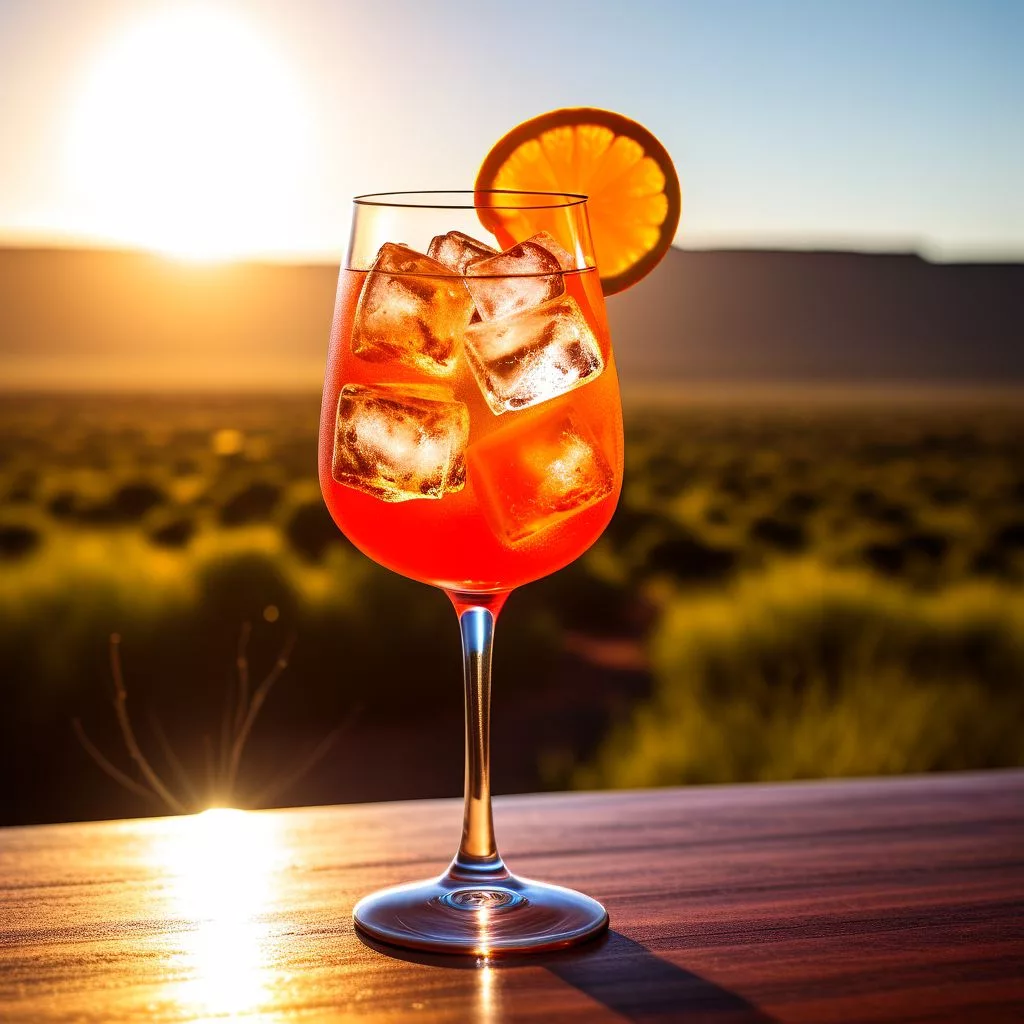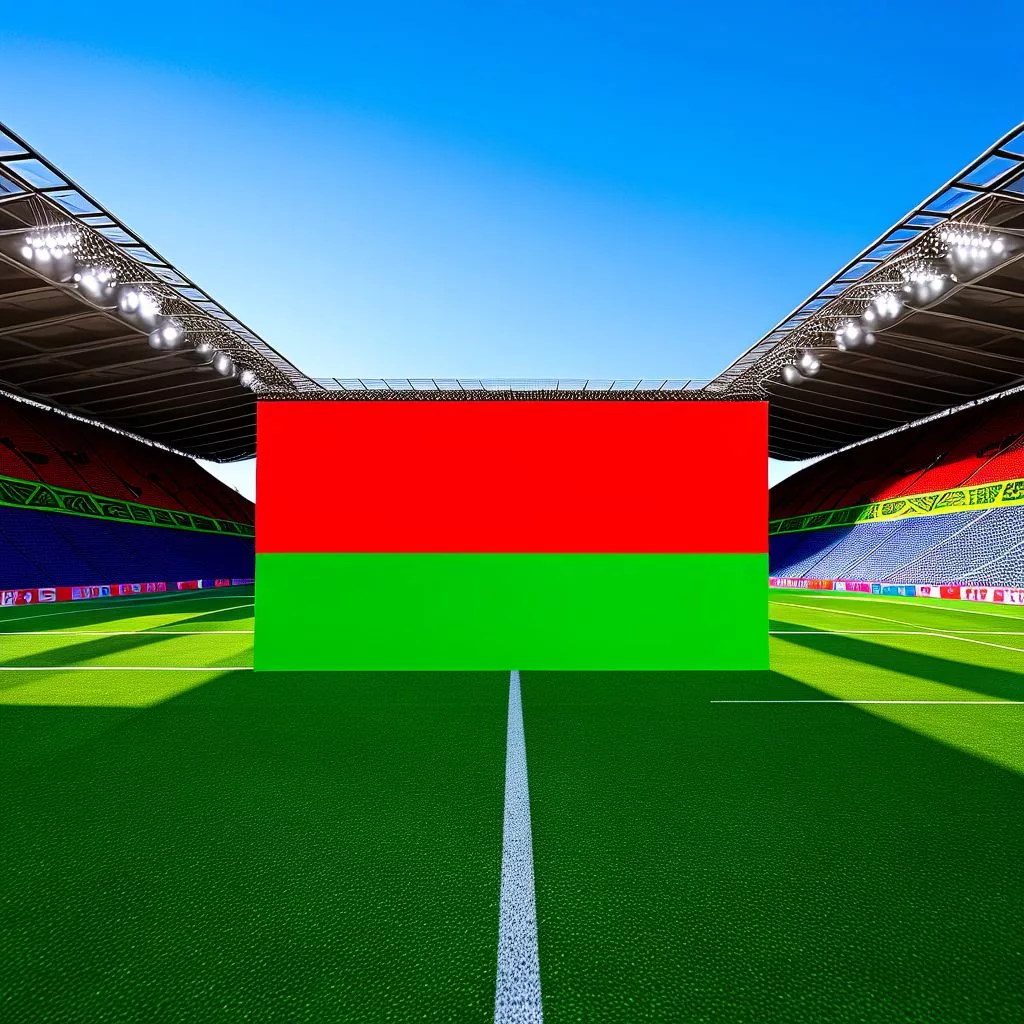In South Africa, a delicious blend of art and commerce is taking shape through a unique collaboration between Stork South Africa and artist Cow Mash. Cow Mash turned Stork’s new butter spread into a stunning sculpture, inviting people to enjoy art not just by looking, but by tasting it too. This project highlights the joy of sharing and community, with the sculpture representing a bowl—a symbol of togetherness in African culture. By merging creativity with everyday products, this partnership shows how art can connect us and create new experiences that celebrate life and culture.
How is art being redefined through commercial collaborations in South Africa?
The collaboration between Stork South Africa and artist Cow Mash exemplifies the fusion of art and commerce by transforming a culinary staple into a sculpture. This innovative project invites consumers to experience art through taste, challenging traditional perceptions and celebrating community through shared experiences.
Art Meets Commerce in a Vibrant Landscape
In the dynamic cultural panorama of South Africa, the merging of art and commerce frequently sparks groundbreaking creativity. This synergy harks back to historical and artistic movements that have continually reshaped societal norms. One such innovative fusion is the recent partnership between Stork South Africa and renowned local artist Cow Mash, whose real name is Kgaogelo Mothepa Mashilo. This collaboration ventures into the territory of contemporary art with a unique twist, probing the relationships between art, culture, and consumerism.
Cow Mash, celebrated for her vivid black-and-white artistic expressions, embraced an unprecedented challenge: crafting a sculpture using Stork’s new Country Blend butter spread. This project transcended mere artistic expression, reimagining luxury by transforming a culinary staple into a delectable art piece. The sculpture’s unveiling was not just a visual exhibition but a multisensory experience, encouraging attendees to engage with art in a novel way—by consuming it, thus merging the realms of taste and sight.
This project echoes the spirit of historical avant-garde movements seeking to blur the boundaries between art and life. Just as the Dadaists and Surrealists questioned traditional aesthetics and the essence of art, this collaboration challenges the perception of art’s form and function. The choice of using a butter spread as the medium ties into post-war art movements where commonplace materials began gaining prominence in artistic creation. It evokes the Pop Art movement’s celebration of consumer goods, with a distinctive South African twist.
Stork South Africa: Redefining Culinary Creativity
For over 75 years, Stork South Africa has deeply embedded itself in the nation’s culinary traditions, becoming synonymous with creativity and innovation. This venture into edible art highlights their ongoing commitment to pushing creative boundaries. Danisa Parks-Kunene, a spokesperson for Stork, shared that the brand continually seeks new ways to highlight the qualities of its products, in this case, the spreadability and luxurious texture of their new Country Blend. The collaboration with Cow Mash not only showcases the product’s attributes but also aligns with Stork’s ethos of fostering inspiration and creativity.
Creating the sculpture posed unique challenges for Cow Mash, primarily involving the butter spread as a medium. The intricacies of texture and temperature control tested her artistic skills. “The biggest challenge was thinking about color and adapting to a new material,” she noted. Her reflection on the process offers a glimpse into the artist’s mind as she navigated the constraints and possibilities presented by this unconventional medium.
The sculpture, designed as a bowl, holds deep cultural symbolism, particularly within African communities where bowls often represent sharing and communal gatherings. These gatherings, known as mekete, celebrate tradition and togetherness. By creating a consumable artwork, Cow Mash extends this symbolism, as eating the sculpture becomes a metaphor for community and shared experience. This artistic choice prompts reflection on the transient nature of art and the beauty found in collective participation.
Artistic Innovation: A Narrative of Consumption and Community
With this project, Cow Mash embarks on a compelling narrative journey, exploring the intersection of art, consumption, and community. Initially, the concept of an artwork meant to be consumed was daunting for her. “An artwork is generally observed from afar, and if you break it, you pay for it. But knowing this sculpture would be eaten, I understood the significance of it being consumed as part of the experience,” she expressed. This insight speaks to a broader understanding of art as an experience rather than a static object, a notion that resonates with various art movements aiming to democratize art and make it more accessible.
The collaboration between Stork and Cow Mash transcends artistic innovation; it celebrates creativity, food, and culture. This initiative marks a bold step in how brands can reimagine their products, offering unexpected and delightful consumer experiences. It not only reinforces Stork’s brand identity but also contributes to a wider conversation on the role of art in society and the potential of commercial collaborations to inspire and challenge traditional perspectives.
Reflecting on this collaboration, one can’t help but appreciate the rich tapestry of ideas it weaves—uniting art with everyday life, luxury with accessibility, and individuality with community. It serves as a reminder of art’s transformative power and its ability to foster connection and dialogue across diverse audiences. Through creative exploration and innovation, brands and artists together redefine boundaries, crafting new narratives that celebrate the essence of human experience.
FAQ: A Fusion of Art and Commerce in South Africa
What is the collaboration between Stork South Africa and Cow Mash about?
The collaboration brings together Stork South Africa and artist Cow Mash, who created a sculpture using Stork’s new butter spread. This project aims to redefine art by creating a multisensory experience that encourages people to engage with art through taste, emphasizing community and the joy of sharing.
How does the sculpture symbolize community in African culture?
The sculpture is designed as a bowl, which is a significant symbol in African culture representing sharing and communal gatherings. This choice reflects the tradition of mekete, where food is shared among participants, thereby enhancing the message of togetherness and community that the project embodies.
What challenges did Cow Mash face while creating the sculpture?
Cow Mash faced unique challenges in using Stork’s butter spread as an artistic medium, particularly in terms of texture and temperature control. She had to adapt her artistic techniques to work with this unconventional material, highlighting the intricacies involved in transforming a culinary product into a piece of art.
How does this collaboration reflect a broader trend in art and commerce?
This partnership exemplifies the growing trend of merging art with everyday products, echoing historical avant-garde movements that sought to blur the boundaries between art and life. It challenges traditional perceptions of art and consumerism, emphasizing that art can be experienced in diverse and innovative ways.
What is Stork’s philosophy behind this collaboration?
Stork South Africa aims to continually push creative boundaries and redefine culinary creativity. By collaborating with Cow Mash, the brand not only showcases the luxurious texture and spreadability of its new butter spread but also aligns with its ethos of fostering inspiration and creativity in everyday life.
How does this project contribute to the conversation about art and accessibility?
The collaboration promotes the idea of art as an experience rather than a static object. By creating a sculpture meant to be consumed, it democratizes art and makes it more accessible to a wider audience, inviting everyone to participate in the artistic experience and encouraging dialogue about the role of art in society.












